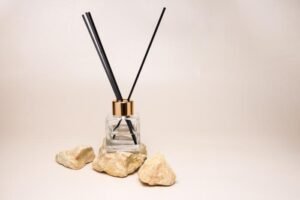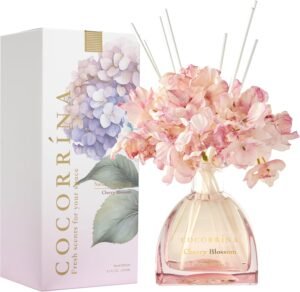Starting a fragrance brand feels impossible when traditional manufacturers demand massive upfront investments and complex industry connections.
Private label perfume manufacturing enables entrepreneurs to launch boutique fragrance brands with minimal investment through flexible minimum orders, custom formulations, and complete brand control over packaging and positioning.

The fragrance industry has transformed dramatically, removing traditional barriers that once limited custom perfume creation to established corporations with deep pockets.
What Are the Basics of Private Label Perfume Development?
Starting your fragrance business feels overwhelming without knowing the development basics. Complex processes and hidden costs often derail new ventures.
Private label perfume development involves creating custom fragrances through selecting concentration levels, fragrance families, and bottle packaging while maintaining complete brand control and flexible minimum order quantities.
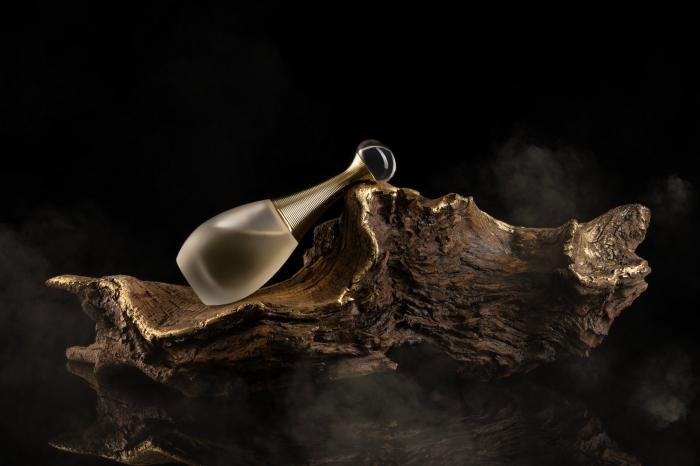
Understanding Private Label vs White-Label Fragrance Models
The distinction between private label and white-label fragrance significantly impacts your brand positioning strategy. Private label allows complete customization of scent profiles, packaging design, and brand identity, giving entrepreneurs full control over their product differentiation.
White-label fragrance offers pre-formulated scents that multiple brands can purchase and rebrand quickly. While more cost-effective initially, this approach limits uniqueness and long-term brand building potential.
Most successful boutique brands choose private label development because it supports authentic brand storytelling and customer loyalty formation.
Perfume Concentration Levels and Fragrance Families
Understanding perfume concentration levels directly affects your product pricing and target market positioning. The concentration determines fragrance intensity and longevity on the skin.
| Concentration Type | Oil Percentage | Duration | Target Market |
|---|---|---|---|
| Parfum | 20-30% | 6-8 hours | Luxury segment |
| Eau de Parfum | 15-20% | 4-6 hours | Premium market |
| Eau de Toilette | 5-15% | 2-4 hours | Mass market |
| Eau de Cologne | 2-5% | 1-2 hours | Budget segment |
Fragrance families form the foundation of your perfume development process. Popular families include floral, oriental, woody, and fresh categories. Each family appeals to different demographic segments and occasions.
Loveeno specializes in helping startups navigate these choices with low minimum order quantities starting from 100 units, making perfume development accessible for new entrepreneurs testing market demand.
How Does Minimum Order Quantity Impact New Fragrance Brands?
New fragrance brands face a critical challenge: high minimum order quantities that drain startup capital before they’ve tested market demand.
Minimum order quantities significantly impact new fragrance brands by affecting cash flow, inventory management, and market entry strategies. Lower MOQs enable startups to test products with reduced financial risk while maintaining operational flexibility.
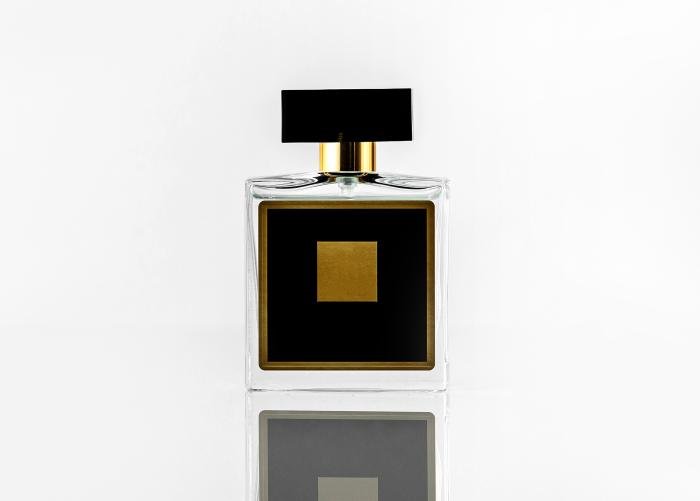
Cash Flow and Capital Allocation Challenges
Most traditional perfume manufacturers require MOQs of 500-1,000 units, which can translate to $15,000-$30,000 in initial inventory investment for new brands. This substantial upfront cost creates significant cash flow strain for startups operating on limited budgets. When you’re locked into large orders, capital gets tied up in inventory that may not sell quickly, leaving little room for marketing, packaging improvements, or product development.
Private label perfume low minimum options change this dynamic entirely. With MOQs starting as low as 50-100 units, startups can allocate capital more strategically across multiple product variants or reserve funds for essential business operations.
Risk Management Through MOQ Structure
The MOQ structure directly influences a brand’s ability to test market preferences without devastating financial consequences. High minimum orders force entrepreneurs into an "all-in" approach before understanding customer preferences. This creates unnecessary risk when market validation should come before major inventory commitments.
| MOQ Range | Initial Investment | Risk Level | Market Testing Ability |
|---|---|---|---|
| 50-100 units | $1,500-$3,000 | Low | Multiple SKU testing |
| 500-750 units | $15,000-$22,500 | Medium | Limited variant testing |
| 1,000+ units | $30,000+ | High | Single product focus |
Inventory Management and Fragrance Unit Economics
Low MOQ suppliers enable more sophisticated inventory management strategies that improve fragrance unit economics. Instead of committing to large quantities of untested products, brands can optimize their product mix based on actual sales data. This approach reduces storage costs, minimizes waste from expired inventory, and allows for seasonal adjustments.
Smart MOQ management also supports just-in-time manufacturing approaches, where reorder cycles align with proven demand patterns rather than supplier convenience. Loveeno’s flexible MOQ structure supports this strategy by accommodating smaller, more frequent orders that match actual market demand.
What Design and Packaging Options Should You Consider?
Poor packaging choices can destroy your brand’s first impression and dramatically reduce sales potential before customers even experience your fragrance.
Consider perfume bottle design, sustainable packaging materials, color branding strategies, fragrance labeling requirements, and design templates that align with your budget and minimum order quantities to create compelling product presentation.

Bottle Design and Material Selection
The foundation of your fragrance packaging starts with bottle selection. Glass remains the premium choice for perfume bottles, offering excellent fragrance preservation and luxury appeal. Standard options include clear, frosted, or colored glass with various shape profiles from classic cylindrical to unique geometric forms.
Material costs significantly impact your total investment. Basic glass bottles with standard caps typically range from $0.50 to $2.00 per unit, depending on volume and customization level. For startups, selecting pre-designed templates can reduce costs by 30-40% compared to fully custom molds, which often require 5,000-10,000 unit minimums.
Labeling Requirements and Branding Integration
Fragrance labeling requirements vary by market but generally include ingredient disclosure, batch codes, and safety warnings. The FDA requires specific placement and font sizes for mandatory information, which affects your design layout planning.
Color branding plays a crucial role in shelf appeal and brand recognition. Consider how your color scheme translates across different packaging elements – from bottle caps to outer boxes. Sustainable packaging options now include recycled materials and refillable systems, though these typically add 15-25% to initial costs while potentially reducing long-term environmental impact.
| Packaging Component | Standard Cost Range | Sustainable Alternative | MOQ Typical |
|---|---|---|---|
| Glass Bottle | $0.50-$2.00 | Recycled glass (+20%) | 1,000-5,000 |
| Outer Box | $0.15-$0.40 | FSC certified (+15%) | 500-2,000 |
| Labels | $0.05-$0.15 | Biodegradable (+25%) | 1,000-10,000 |
Loveeno offers flexible packaging solutions with lower MOQs, allowing boutique brands to test multiple design variations without major upfront investments in inventory.
How Can You Ensure Quality in Private Label Perfume Production?
Quality concerns plague many startups launching perfume brands. Poor fragrance stability ruins brand reputation and wastes investment. Implement robust quality control measures throughout your production process.
Quality assurance in private label perfume production requires systematic fragrance quality control, comprehensive stability testing, and strict regulatory compliance. Partner with manufacturers who maintain IFRA standards and conduct thorough fragrance safety assessments.
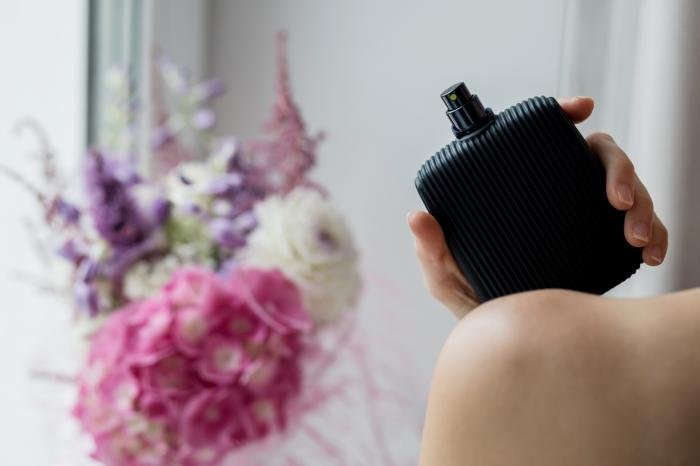
Essential Quality Control Checkpoints
Effective fragrance quality control begins with raw material verification. Your manufacturing partner should conduct chemical composition analysis on every ingredient batch. This includes allergen testing, purity verification, and contamination screening.
Turnkey perfume manufacturing requires multiple quality gates. Test samples at formulation stage, after blending, and during final packaging. Each checkpoint prevents defective products from reaching your customers.
Stability Testing and Regulatory Standards
Perfume stability testing evaluates how your fragrance performs under various conditions. Temperature fluctuations, light exposure, and time affect scent profiles. Proper testing identifies potential issues before market launch.
| Testing Phase | Duration | Key Parameters | Compliance Check |
|---|---|---|---|
| Accelerated Stability | 3-6 months | Temperature, humidity, light | IFRA guidelines |
| Real-time Stability | 12-24 months | Actual storage conditions | Regional regulations |
| Stress Testing | 2-4 weeks | Extreme conditions | Safety thresholds |
| Compatibility Testing | 1-3 months | Packaging interaction | Material standards |
Regulatory compliance extends beyond IFRA standards. Different markets require specific documentation, labeling requirements, and safety assessments. Loveeno’s quality management system ensures your products meet international standards while maintaining cost-effectiveness for small batch orders.
What Timeline Should You Expect for Your Private Label Perfume Launch?
Launching a perfume without proper timeline planning leads to rushed decisions, increased costs, and missed seasonal opportunities.
Most private label perfume launches require 4-6 months from concept to market. This timeline varies based on fragrance complexity, packaging customization, and minimum order quantities. Planning ahead prevents delays and budget overruns.
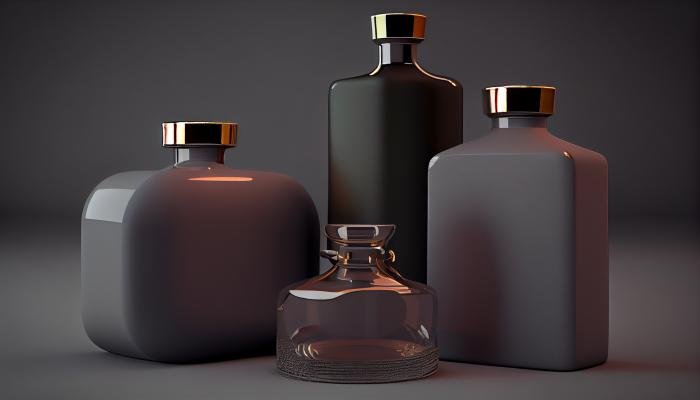
Key Development Phases and Timeframes
The perfume launch timeline typically breaks into distinct phases. Fragrance selection and customization takes 2-4 weeks for existing formulas, while custom formulations extend this to 6-8 weeks. Packaging design and production requires 4-6 weeks, including artwork creation, sample approval, and final production setup.
Quality testing and regulatory compliance add another 2-3 weeks. This includes stability testing, safety assessments, and ensuring compliance with fragrance regulations. Meanwhile, production planning and manufacturing scheduling typically require 3-4 weeks lead time.
Timeline Variations by Order Size and Seasonality
Different factors significantly impact your fragrance development process timeline. Low-MOQ orders often process faster due to simplified logistics, while larger custom runs require extended production windows. Loveeno’s flexible approach allows entrepreneurs to start with smaller batches and scale gradually.
| Phase | Standard Timeline | Low-MOQ Timeline | Peak Season |
|---|---|---|---|
| Fragrance Development | 6-8 weeks | 2-4 weeks | 8-10 weeks |
| Packaging Design | 4-6 weeks | 3-4 weeks | 6-8 weeks |
| Production | 3-4 weeks | 2-3 weeks | 4-6 weeks |
| Quality Testing | 2-3 weeks | 1-2 weeks | 3-4 weeks |
Seasonal perfume launches require additional planning. Holiday collections need completion by September, while spring launches should finish by February. Product launch planning around these windows ensures optimal market timing and maximum sales potential.
Conclusion
Private label perfume manufacturing empowers entrepreneurs to launch boutique fragrance brands with minimal investment through flexible minimum orders, custom formulations, and comprehensive quality control. By partnering with experienced manufacturers like Loveeno, you can navigate fragrance development timelines, packaging requirements, and regulatory compliance while maintaining complete brand control over your custom perfume creation journey.
FAQ
Q1: What is the minimum order quantity (MOQ) for private label perfume manufacturing?
The minimum order quantity (MOQ) for private label perfume manufacturing varies by supplier but typically ranges from 500 to 1,000 units. Some manufacturers offer lower MOQs for startups, making it easier to launch a boutique brand affordably.
Q2: How can I customize the color and branding of my private label perfume?
You can customize the color and branding of your private label perfume by working with manufacturers that offer design templates and flexible packaging options. This includes selecting bottle shapes, cap designs, and label colors to align with your brand identity.
Q3: What are the packaging turnaround times for private label perfumes?
Packaging turnaround times for private label perfumes typically range from 4 to 8 weeks, depending on the complexity of the design and the manufacturer’s production schedule. Some vendors expedite services for an additional fee.
Q4: How do I store stock for my private label perfume line?
Stock storage for private label perfumes should be in a cool, dry place away from direct sunlight to preserve fragrance quality. Some manufacturers offer warehousing solutions or partner with logistics providers for low-MOQ storage options.
Q5: Are there affordable private label perfume options for startups?
Yes, many manufacturers cater to startups with affordable private label perfume options, including low MOQs and budget-friendly design templates. Researching suppliers with flexible terms can help you launch your brand without a hefty upfront investment.


